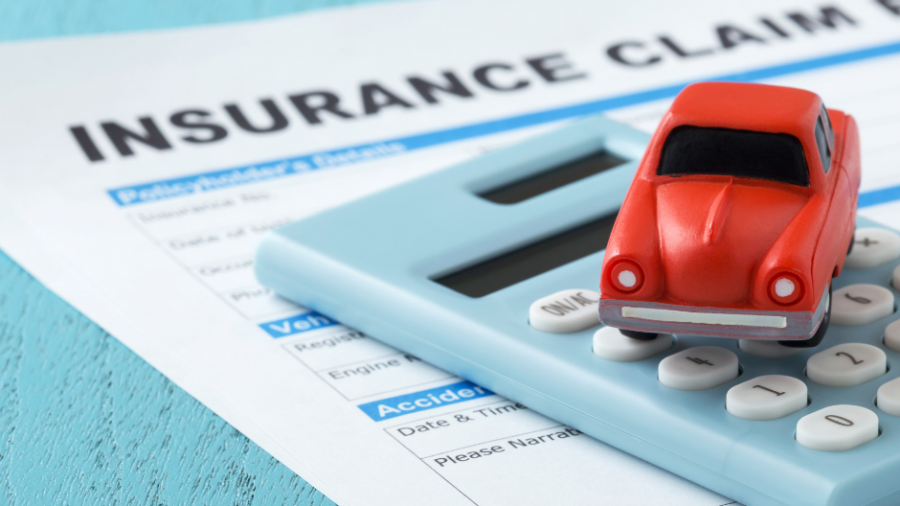Earlier this year Citroen started selling the first car in Australia already fitted with a dash cam. It may be a sign of things to come. In case of an accident, a dash cam can prove more easily what happened and who was responsible. But so far, owners of dash cams cannot get cheaper compulsory third party or other vehicle insurance.
How we use them
A dash cam is designed to record at all times your version of events from inside the vehicle. To be legal, it has to be fitted to the windscreen without obscuring your vision.
People have all kinds of reasons for installing dash cams but these are a few common ones:
- A way to diffuse arguments about who was right or wrong
- Evidence for car insurance claims
- Proof against getting a parking ticket
- Protection from insurance scams
- Proof of location and time for employers or other authority.
While dash cams are obviously useful, this does not mean you have to go out and buy one.
Drawbacks of dashcams
Motorists who are never involved in accidents may not see much value in buying a dash cam.
Dash cams face forwards, which limits their field of view unless there is a rear camera installed as well. Unless they are high quality, many cannot pick out another number plate unless it is close and in bright daylight. Many do not work while the vehicle is parked but this is when accidents can happen.
You must consider privacy, particularly if you want to use dash cam video as evidence. It may be inadmissible if you are recording a private act, are within private property, or if someone’s audio was recorded without their consent.
Finally, under the new NSW CTP scheme, beginning 1 December 2017, it is no longer imperative in all cases to prove who is at fault. This is because benefits for minor injuries are paid for the first six months to everyone involved, whether at fault or not. You cannot claim damages against a third-party driver unless for serious injuries.
What insurers think
Australians insurers do not yet offer discounts for dash cams on CTP or other motor vehicle insurance premiums.
Suncorp says dash cams can help identify the cause of an accident, but they do not change the risk of accidents happening in the first place. Premiums are always based on risk. IAG encourages customers to submit footage from dash cams as part of their claims, but says many other factors are involved in assessing that claim.
Even so, you can reduce your insurance costs in other ways. For example, a dash cam may show you were not at fault in an accident and save you a big excess payment. The excess may even cost more than a dash cam.
A history of no claims will also help reduce premiums. If a dash cam shows you were not at fault, you can hold on to your bonus.
Dash cams and telematics
Some people believe dash cams in the vehicle encourage the driver to behave in a more responsible way. This is because they are being constantly watched.
On this theme, the trend towards telematics can complement the use of dash cams. Insurers would see what is happening on the road, how the vehicle was being driven and what was happening to, say, the engine or brakes. In time, this could help reduce all insurance premiums to match the observed risk of the driver and vehicle. It would also speed up the claims process.
If more manufacturers installed dash cams and telematics in their vehicles, perhaps insurers would consider reducing CTP premiums.


your opinion matters: